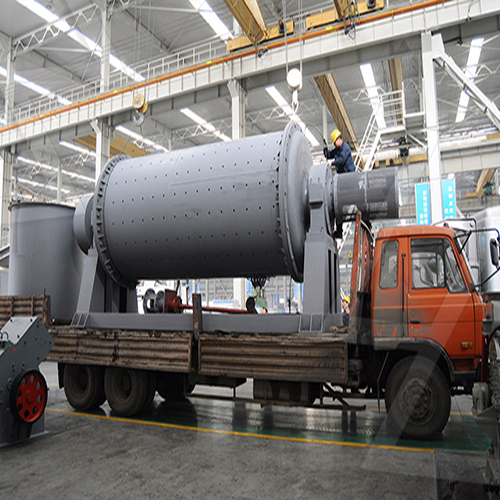# Limeore Beneficiation Project Report
## 1. Introduction
Limeore (limestone) is a crucial raw material used in industries such as cement, steel, chemicals, and agriculture. Beneficiation of limeore involves improving its quality by removing impurities like silica, alumina, and iron oxides to meet industrial specifications. This report outlines the key aspects of a limeore beneficiation project.
—
## 2. Objectives
– To enhance the quality of limeore by reducing impurities.
– To optimize processing methods for cost-effective beneficiation.
– To ensure compliance with industry standards for end-use applications.
—
## 3. Project Scope
– Location: [Specify mine/processing plant location]
– Capacity: [X] tons per annum (TPA)
– Target Grades: CaO ≥ 52%, SiO₂ ≤ 2%, Fe₂O₃ ≤ 1%
—
## 4. Beneficiation Process Flow
 (A) Crushing & Screening
(A) Crushing & Screening
– Primary & secondary crushing to reduce size (<25 mm).
– Screening to remove oversized particles.
(B) Washing & Scrubbing (If clay/silt is present)
– Removal of surface impurities using water jets and scrubbers.
(C) Magnetic Separation (For iron removal)
– Low-intensity magnetic separators (LIMS) to eliminate ferrous impurities.
(D) Froth Flotation / Optical Sorting (For silica reduction)
– Selective separation of silica using flotation reagents or sensor-based sorting.
 (E) Drying & Classification
(E) Drying & Classification
– Rotary dryers to reduce moisture content (<1%).
– Air classifiers for final product sizing.
—
## 5. Equipment List
| Equipment | Purpose | Capacity |
|———–|———|———-|
| Jaw Crusher | Primary crushing | 100 TPH |
| Vibrating Screen | Particle sizing | 50 TPH |
| Scrubber | Clay removal | 30 TPH |
| Magnetic Separator | Iron removal | 20 TPH |
| Flotation Cells | Silica separation | 15 TPH |
| Rotary Dryer | Moisture reduction | 10 TPH |
—
## 6. Expected Output Quality
| Parameter | Raw Limeore (%) | Beneficiated Limeore (%) |
|———–|——————|————————–|
| CaO | 45 –





Leave a Reply